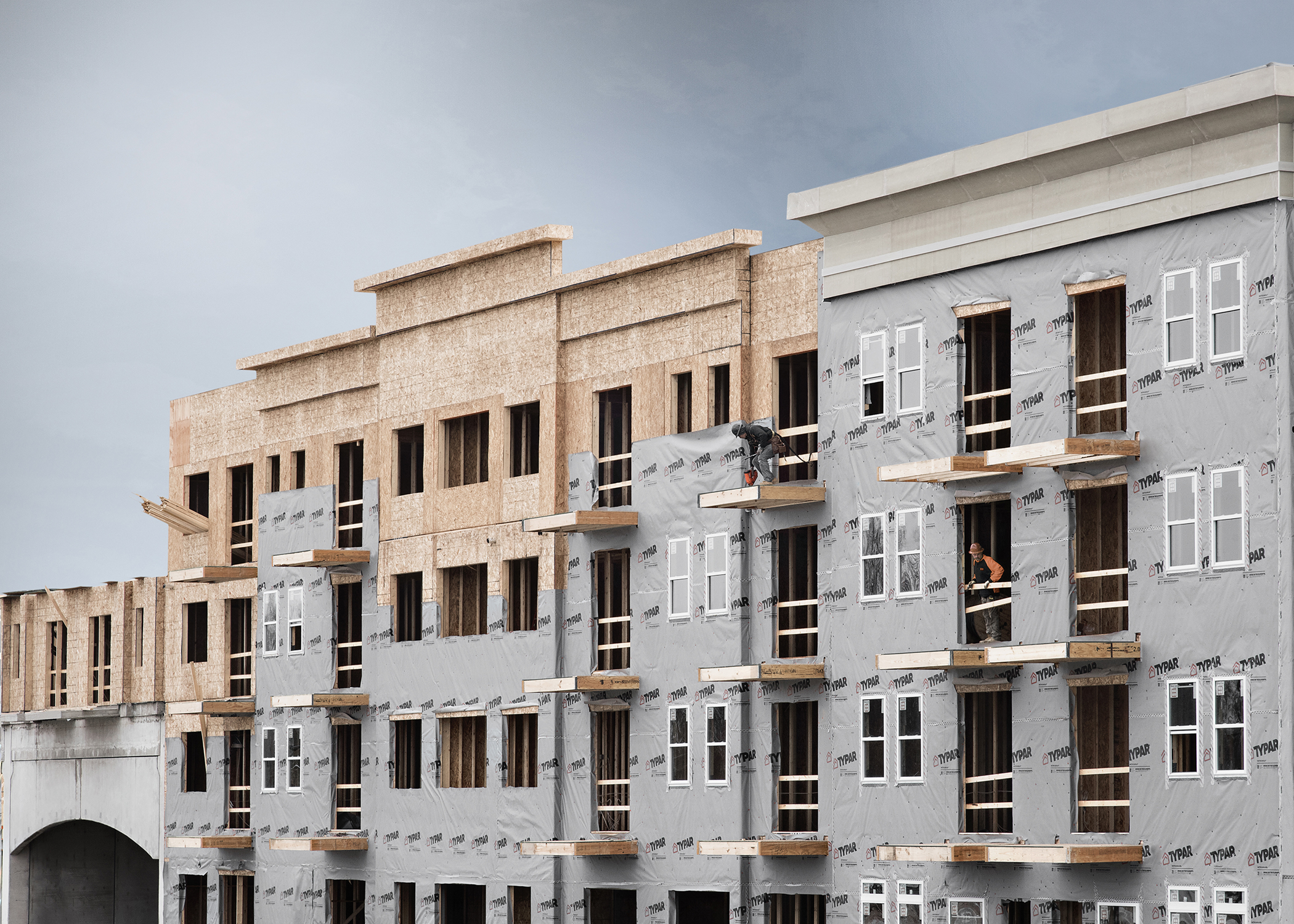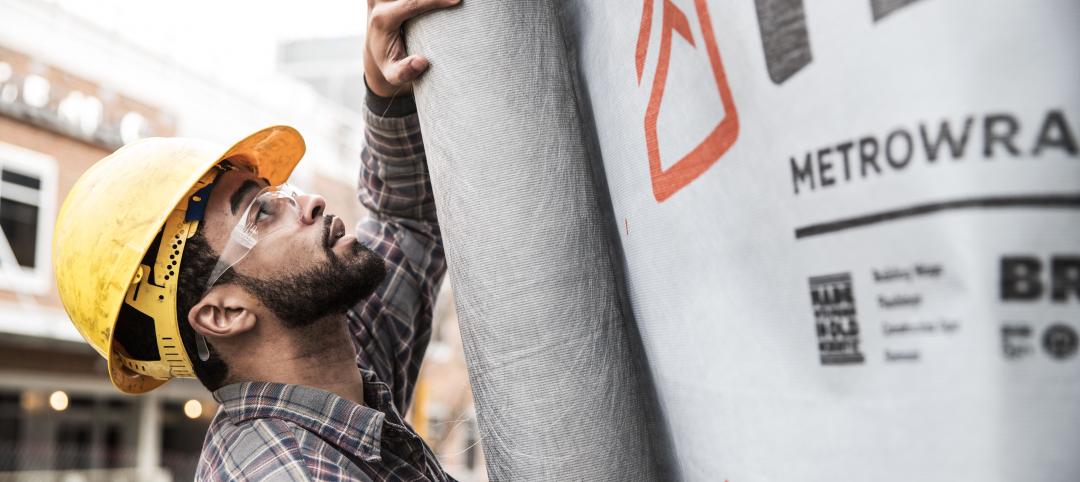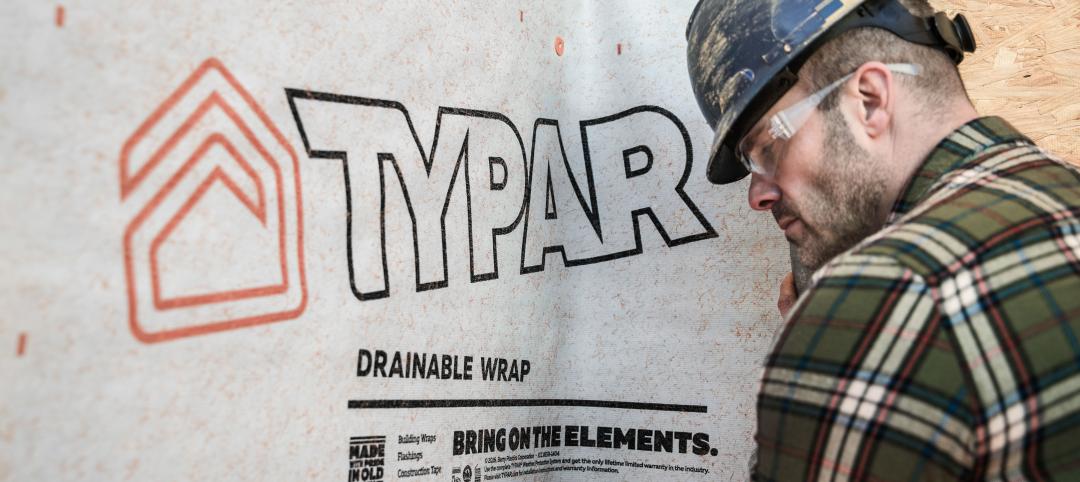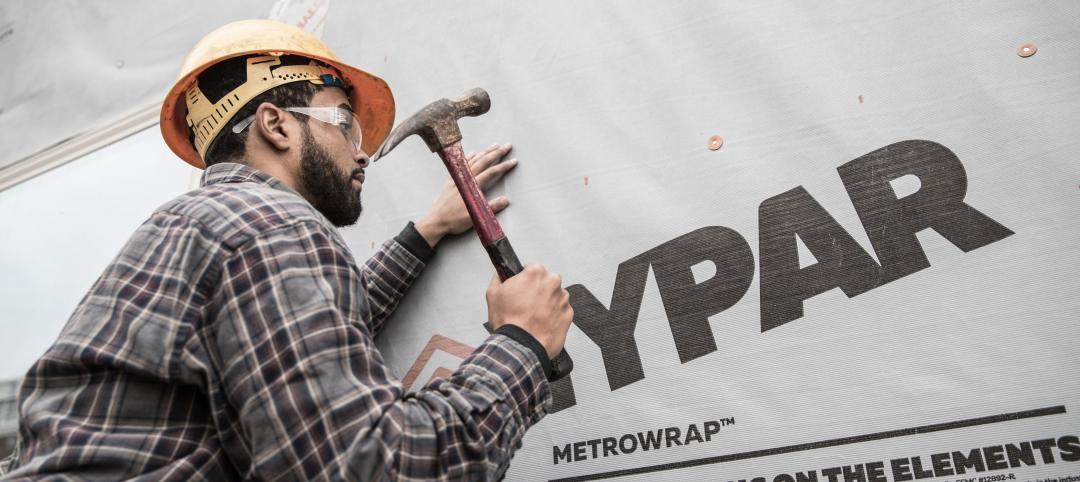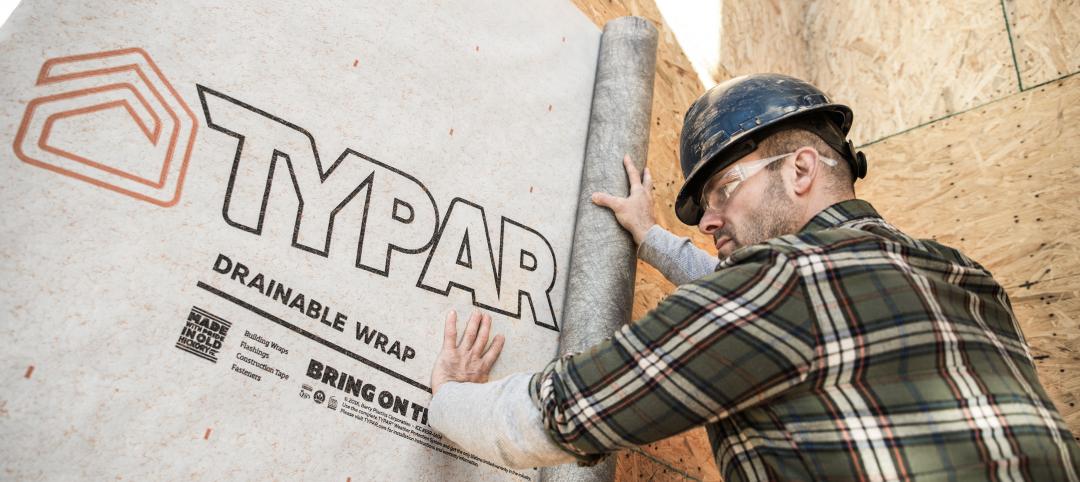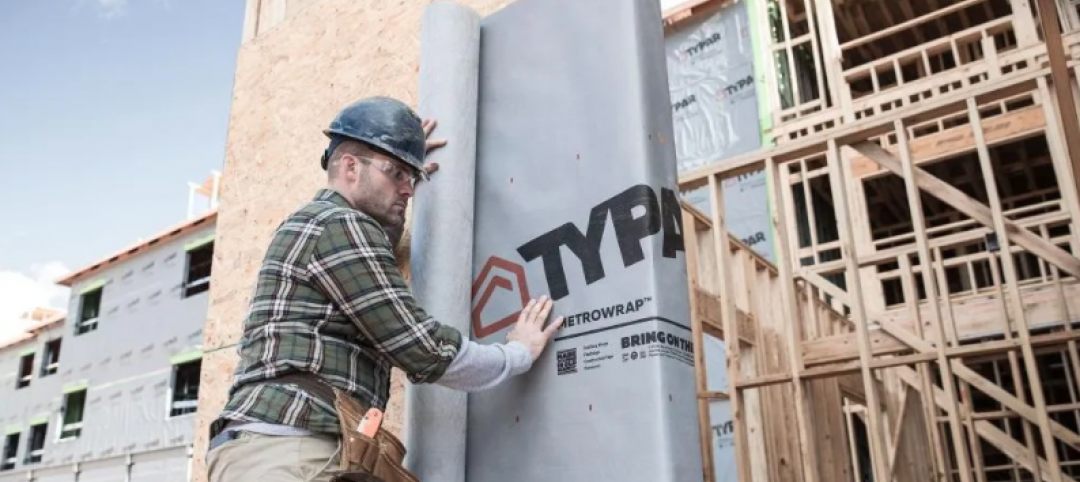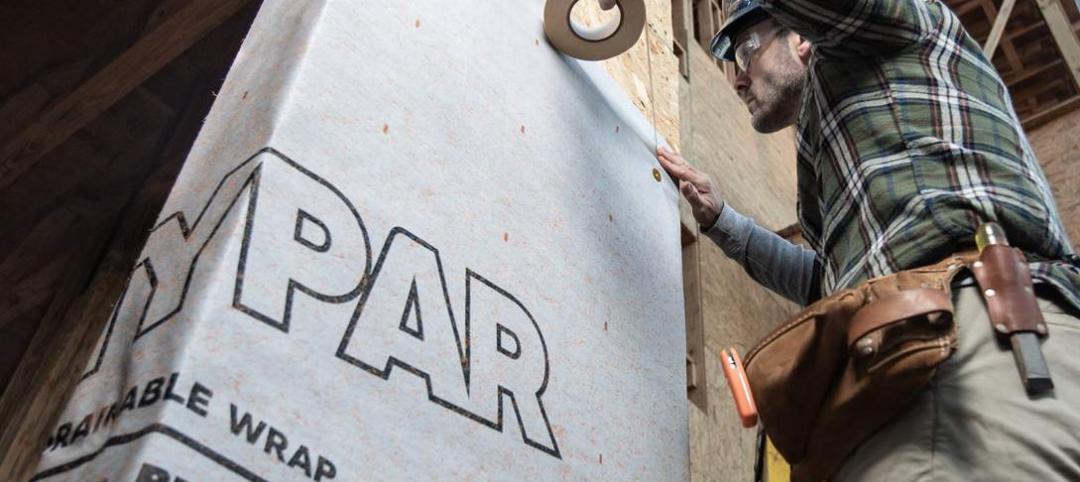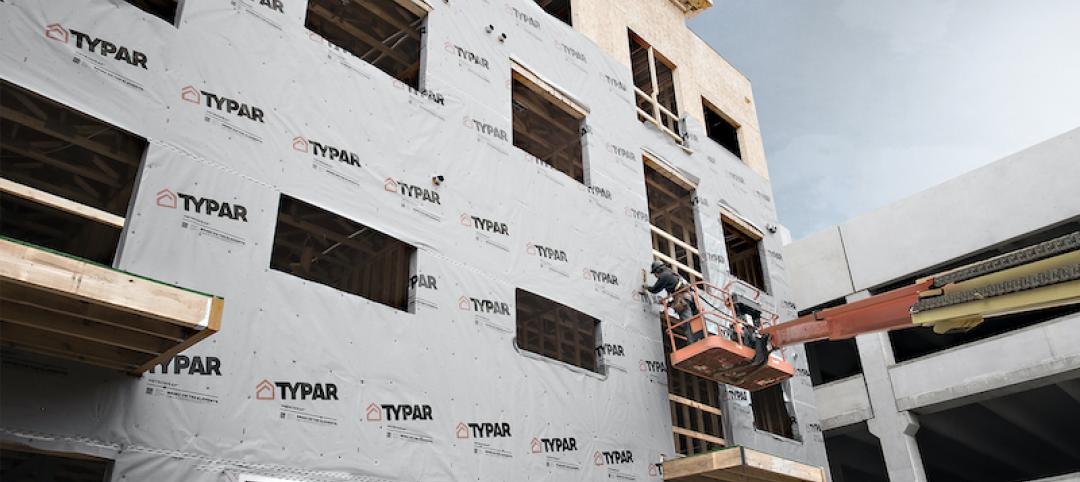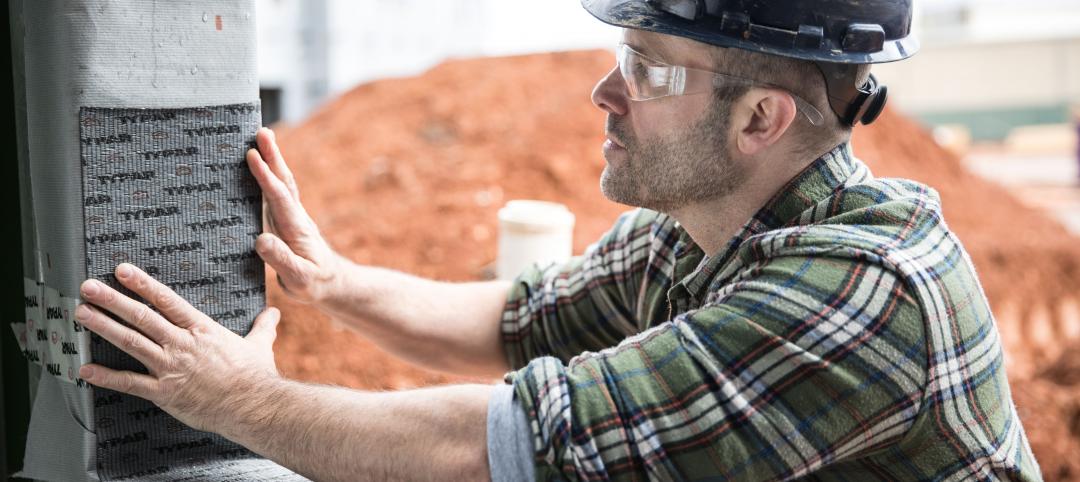One of the primary performance attributes of a high-performance weather-resistant barrier (WRB) is its ability to stand up to UV exposure. This is a critical point of differentiation between weather barriers, as prolonged exposure to UV radiation can cause material degradation; leading to loss of tensile strength, delamination of surface layers and reduced water repellency of the WRB. This is especially true in commercial construction where there are already prolonged construction schedules that are often slowed by a number of different reasons. For these reasons, it’s critical that UV exposure is top of mind when selecting a system of weather protection products.
The Science of UV Exposure
The sun’s UV energy reaches the earth in a wide range of wavelengths, most of which are invisible. This UV radiation is commonly divided into three groups:
When it comes to the sun’s UV energy, it can reach the earth in a wide range of wavelengths known as UV A, B, and C rays. For context, UV-A wavelengths are what causes your skin to burn while UV-B are able to more deeply penetrate chromosomes of living cells causing more damage. UV-C are the shortest wavelengths and those most absorbed by the earth’s ozone. UV rays are measured in nanometers– or 1 billionth of a meter. The shorter the wavelength, the higher the energy level increasing its ability to damage exposed materials.
- UV-A (315 - 400) - closest to visible light
- UV-B (280 – 315 nm)
- UV-C (less than 280 nm)
Within the three groups of UV rays, the combination of UV-A and UV-B wavelengths are what impact the durability of many building materials. Long-term exposure can cause discoloration, loss of tensile strength, delamination of surface layers and reduced water repellency.
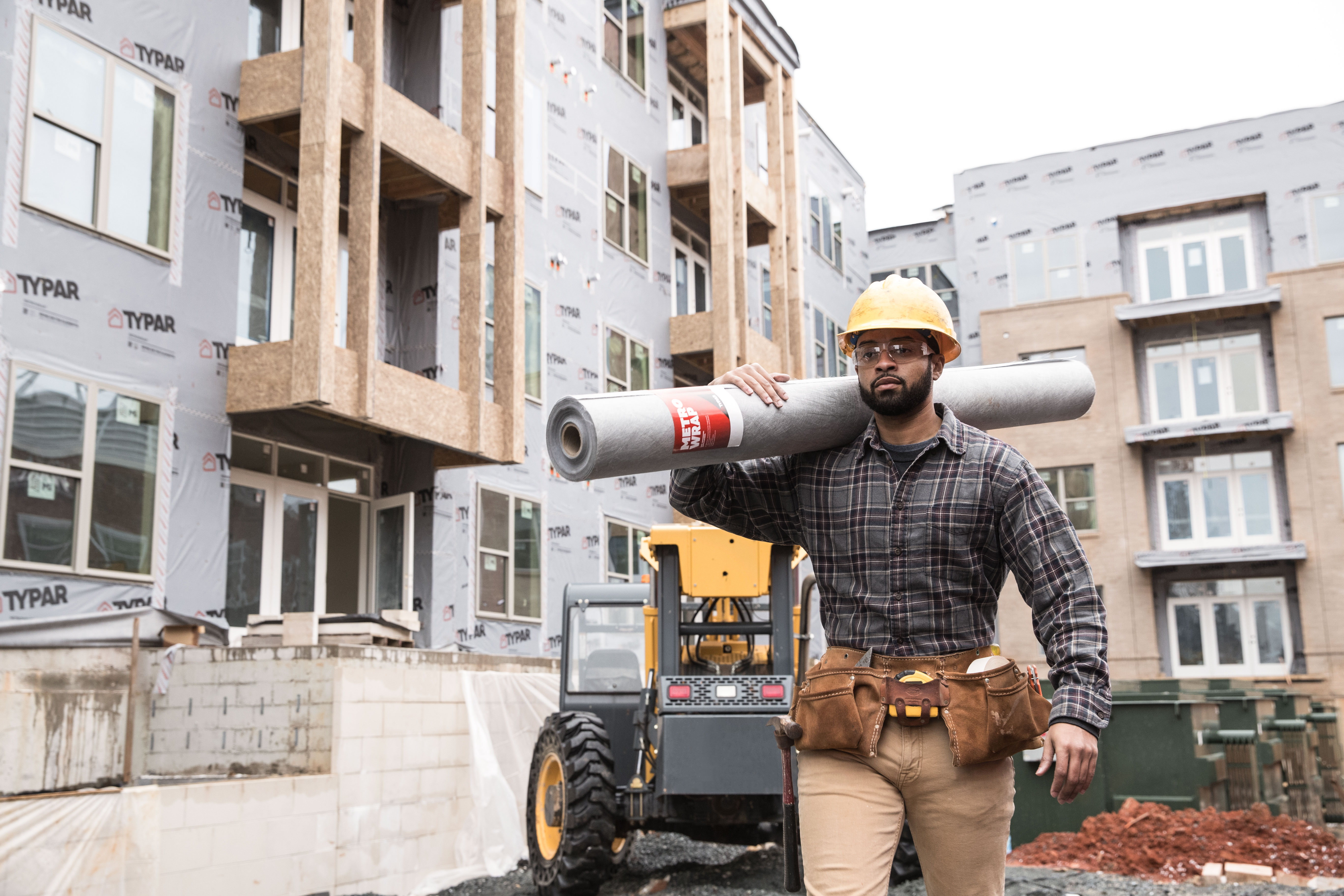
Manufacturers assign housewrap a UV-rating based on characteristics like strength and water resistance after the product has had UV exposure. The rating then allows users to know the maximum time the wrap can stand sun exposure. Many housewraps currently on the market only offer up to 120 days of UV resistance.
While the goal should be to clad the exterior of the building as quickly as possible, projects are often delayed, leaving WRB’s vulnerable to longer than expected exposure to the sun. In these instances, WRBs like TYPAR MetroWrap™ are ideal due to the material’s ability to resist UV rays for long periods of time. In fact, TYPAR BuildingWrap offers up to six months of UV resistance—without degradation to its performance capabilities. To learn more about TYPAR Building Wrap and TYPAR Weather Protection System, visit www.typartough.com.
More from Author
Bijan Mansouri, TYPAR | Aug 13, 2020
Auditing airtightness: The 101 on blower door tests
A blower door test, also known as an infiltrometer, uses a high-powered fan and a special machine to measure the airtightness of a building and identify potential leaks in the air barrier.
Bijan Mansouri, TYPAR | Jul 30, 2020
How to Pick the Right Flashing and Tape for the Job
When it comes to eliminating vulnerabilities in the building envelope, quality flashings and construction tapes are an affordable, durable and simple addition to your air barrier arsenal

